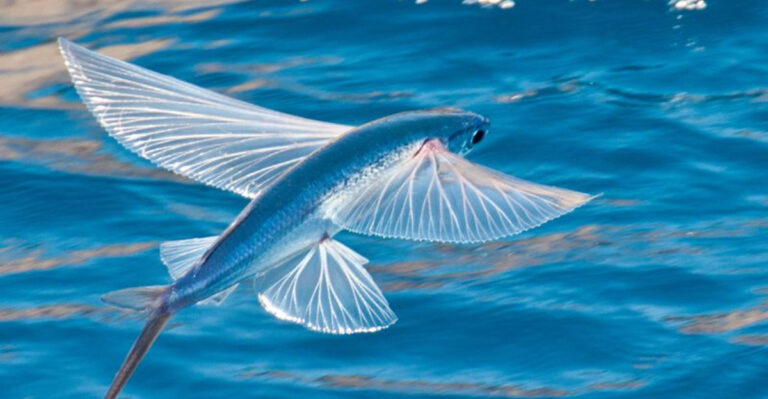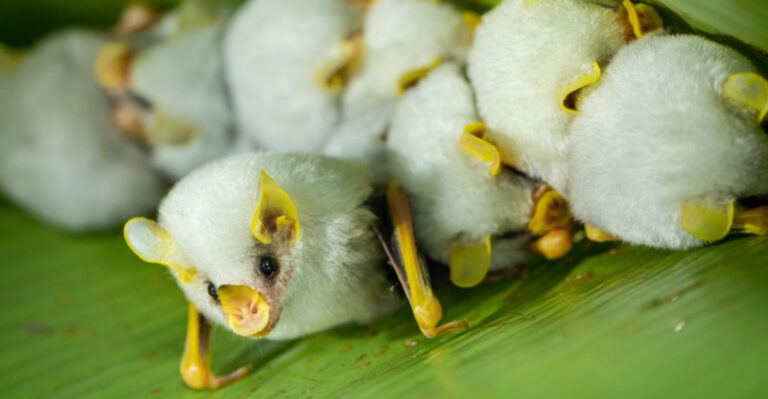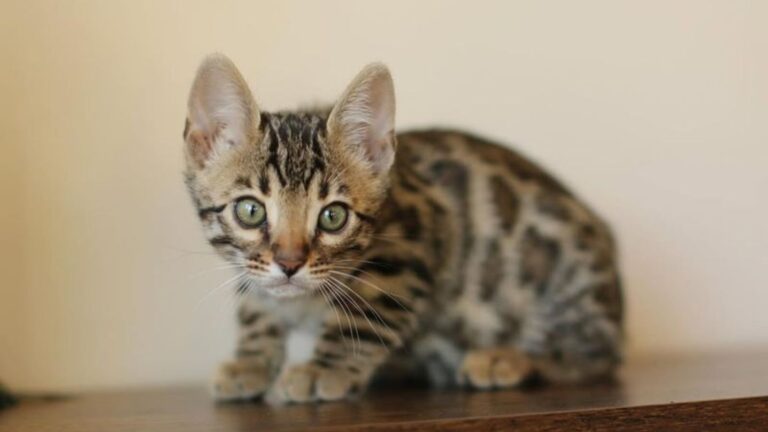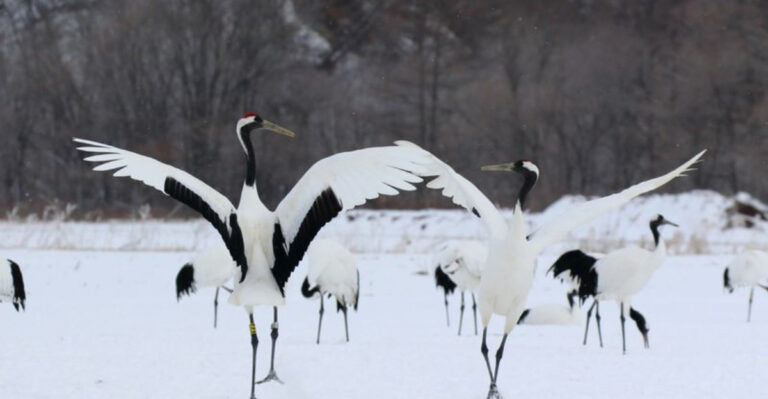Fascinating Facts About The Elusive White Ermine
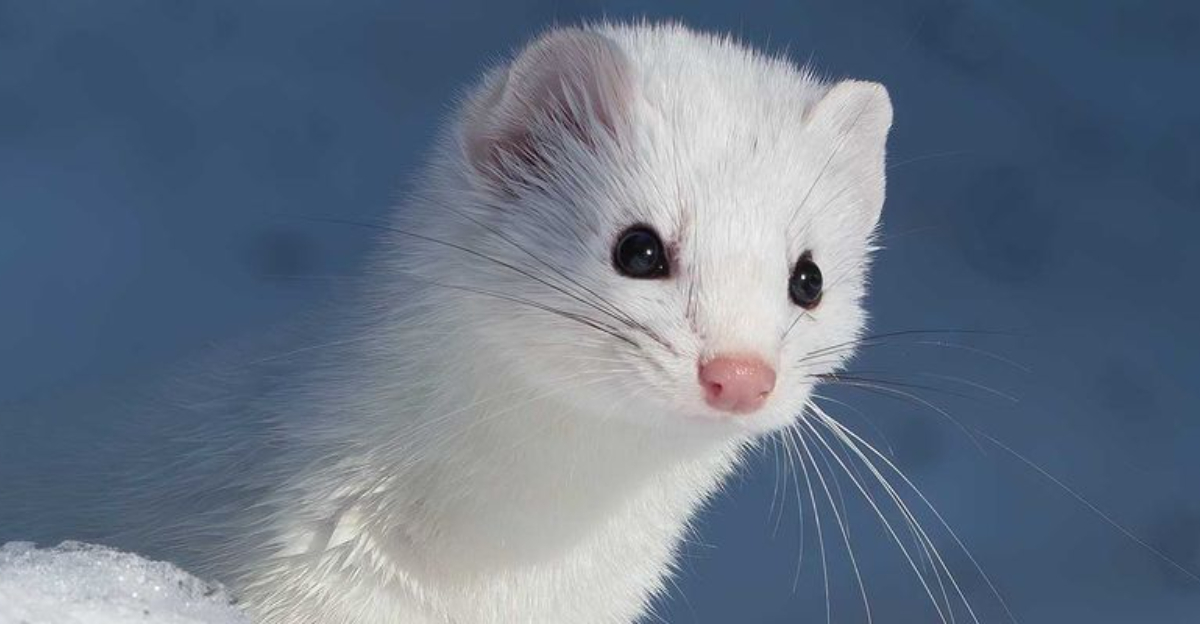
White ermines, also known as stoats, are small but mighty predators that captivate wildlife enthusiasts with their seasonal transformation.
These members of the weasel family undergo a remarkable color change from brown to pristine white when winter arrives. Let’s explore some intriguing facts about these elusive creatures that have fascinated humans for centuries.
1. The White Ermine’s Unique Coat
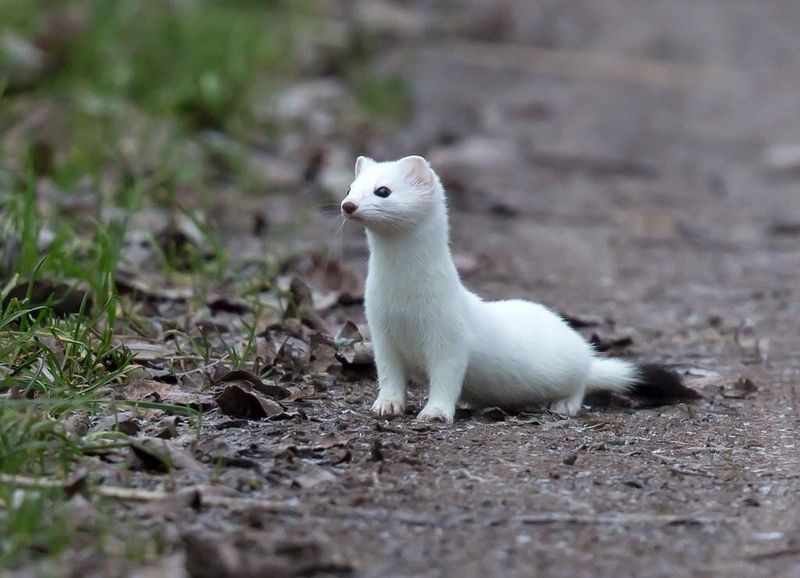
Royalty once coveted the ermine’s winter coat for its snow-white perfection and symbolic purity. Only the black-tipped tail remains dark, creating a striking contrast.
Medieval nobles adorned ceremonial robes with ermine fur, believing it represented moral purity and high status. The fur’s rarity made it exclusively reserved for kings and queens.
2. Ermine’s Habitat And Range
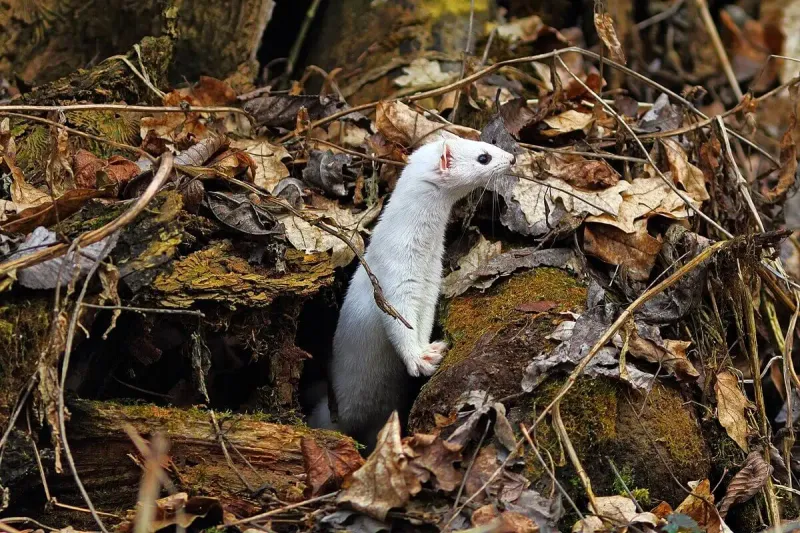
Scattered across the northern hemisphere, ermines thrive in cold forests, grasslands, and tundra regions. Their territory stretches from North America to Europe and Asia.
Each animal claims about 20-40 acres of land, marking boundaries with scent. They prefer areas with plenty of ground cover and access to water, creating homes in hollow logs or abandoned burrows.
3. How The White Ermine Hunts

Fearless hunters despite their tiny size, ermines take down prey several times larger than themselves. Their slender bodies slip easily into rodent tunnels, cornering victims in their own homes.
With lightning-quick reflexes, they deliver a fatal bite to the base of the skull. Surplus kills are often stored for later, creating natural food caches throughout their territory.
4. The Ermine’s High-Speed Chase
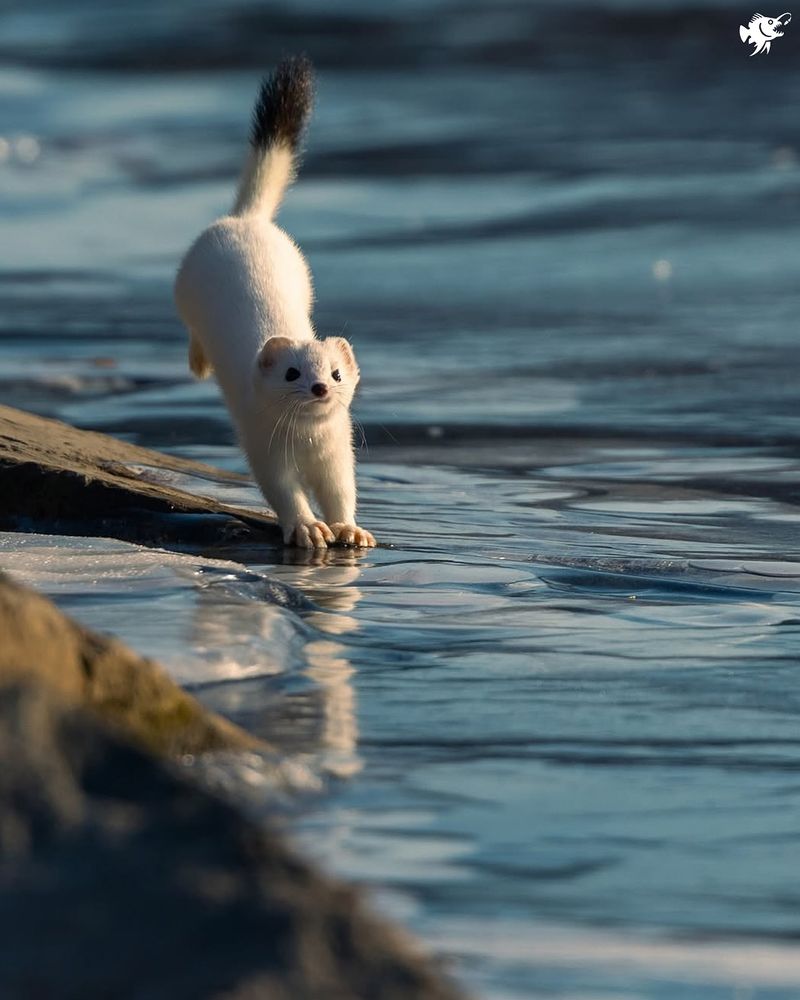
Blink and you’ll miss them! Ermines can dash at speeds up to 8 miles per hour, zigzagging through terrain with incredible agility.
Their flexible spine allows them to make tight turns while pursuing prey. When hunting, they combine short bursts of speed with strategic pauses, conserving energy while maintaining the element of surprise.
5. Why The Ermine Turns White In Winter

Mother Nature’s perfect disguise occurs when autumn’s shortening daylight triggers hormonal changes in the ermine. Brown summer fur molts completely, replaced by dense white coat except for the iconic black tail tip.
This transformation isn’t just for show – it’s survival. Predators like foxes and hawks struggle to spot the white-coated ermine against snow, giving these small hunters a crucial advantage.
6. Ermine’s Diet And Feeding Habits
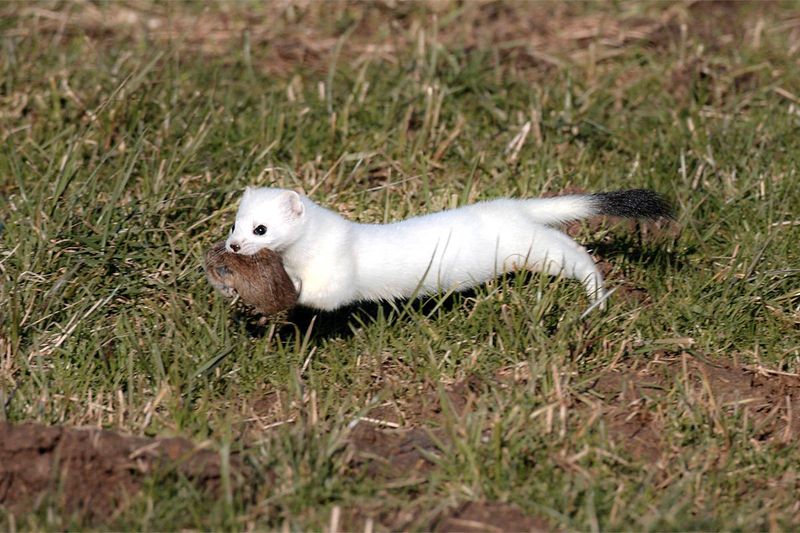
Voracious appetites drive ermines to consume nearly 40% of their body weight daily. Their menu features mice, voles, rabbits, birds, eggs, and occasionally fish or amphibians.
Sharp teeth and powerful jaws make quick work of prey. Unlike many predators, ermines don’t just eat meat—they need it to survive, as their metabolism runs exceptionally high to maintain body temperature in cold environments.
7. Ermine’s Reproductive Behavior
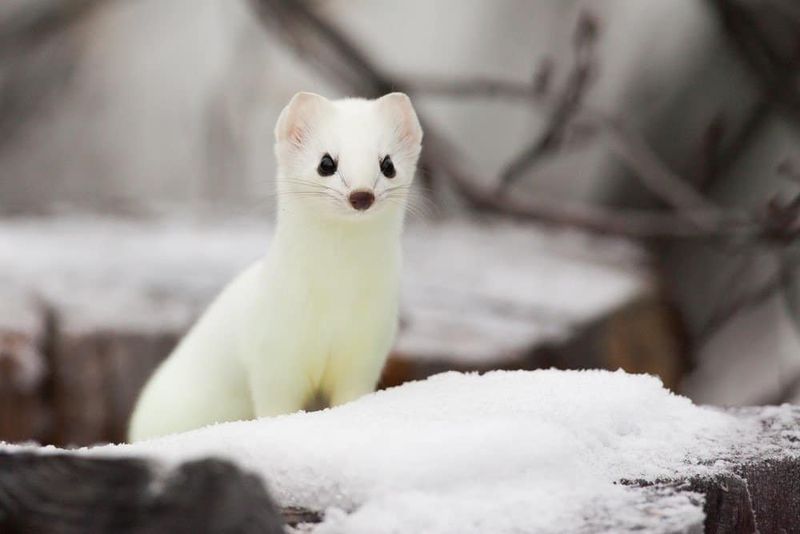
Female ermines experience a reproductive marvel called delayed implantation. After spring mating, fertilized eggs pause development until the following spring!
When activated, pregnancy lasts just 4 weeks before 4-13 kits arrive. Born blind and hairless, these tiny babies depend entirely on mom. By 12 weeks, they’re already skilled hunters ready for independence.
8. The Ermine’s Role In Local Ecosystems

Nature’s pest controllers, ermines keep rodent populations in check across northern ecosystems. A single ermine can eliminate hundreds of mice yearly, preventing potential crop damage and disease spread.
Their hunting prowess creates ripple effects throughout food webs. By controlling rodents, ermines indirectly protect plant diversity and help maintain balanced forest and grassland communities.
9. The Ermine’s Solitary Nature
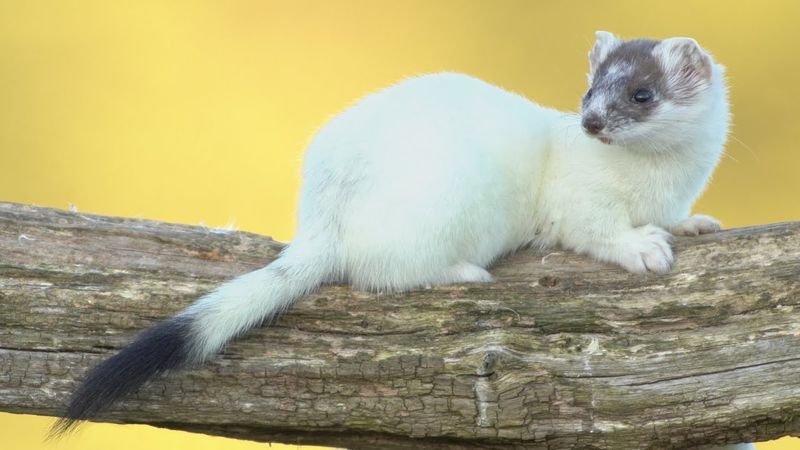
Loners by nature, ermines fiercely defend their hunting grounds from others of their kind. Males and females meet briefly during mating season before returning to solitary lives.
Communication happens primarily through scent marking rather than direct contact. This antisocial tendency helps ensure each ermine has sufficient prey within its territory, especially during harsh winter months when food becomes scarce.
10. Ermine’s Relationship With Humans

Throughout history, ermines have appeared in royal portraits and heraldry as symbols of moral purity. Their winter pelts once fetched astronomical prices, nearly driving populations to collapse in some regions.
Today, sustainable trapping practices have replaced historical overharvesting. Many cultures view these animals with respect, recognizing their ecological importance despite their occasional raids on chicken coops.
11. Ermine’s Vulnerability To Climate Change

Rising global temperatures threaten ermines’ perfectly-timed winter camouflage. When snow melts earlier but white coats remain, these predators become conspicuous targets against dark backgrounds.
Scientists observe increasing predation rates in areas with changing snow patterns. Some populations show signs of evolutionary adaptation, with shorter white-coat periods, but researchers worry these changes may not happen quickly enough to save them.
12. The Ermine’s Speed And Agility In The Wild
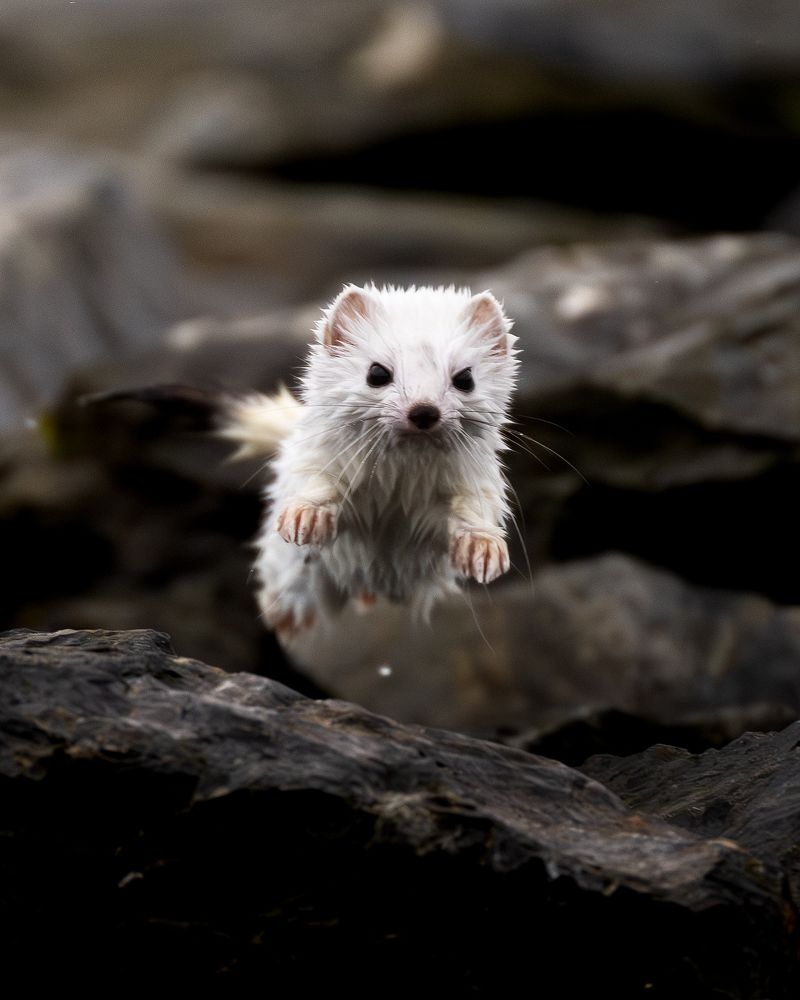
Marvel at the ermine’s acrobatic prowess as it leaps between branches and scampers up vertical surfaces with ease. Their lightweight bodies and strong claws make them natural parkour athletes.
When threatened, ermines perform a hypnotic “war dance” – a series of hops, twists and backward jumps that often confuses predators. This bizarre behavior sometimes mesmerizes prey animals, giving the ermine a chance to strike.
13. Cultural Significance Of The Ermine
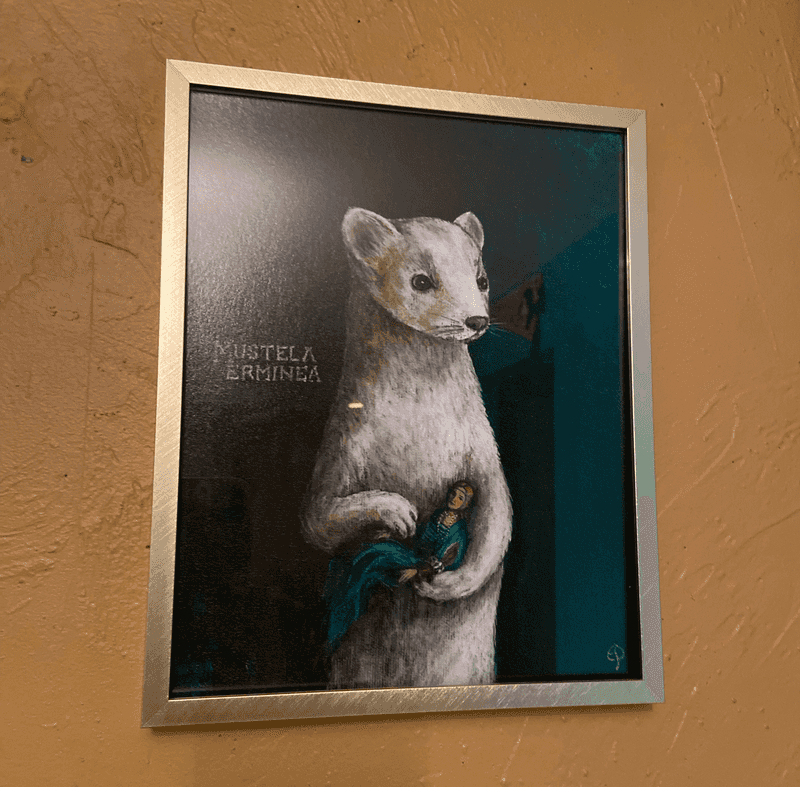
Leonardo da Vinci’s famous “Lady with an Ermine” painting showcases these animals’ symbolic importance in Renaissance art. The white ermine represented purity and moderation, qualities highly valued by nobility.
In some Native American traditions, ermines symbolize success in hunting and resourcefulness. Their ability to thrive in harsh conditions inspired folktales celebrating cleverness and adaptability in the face of challenges.

